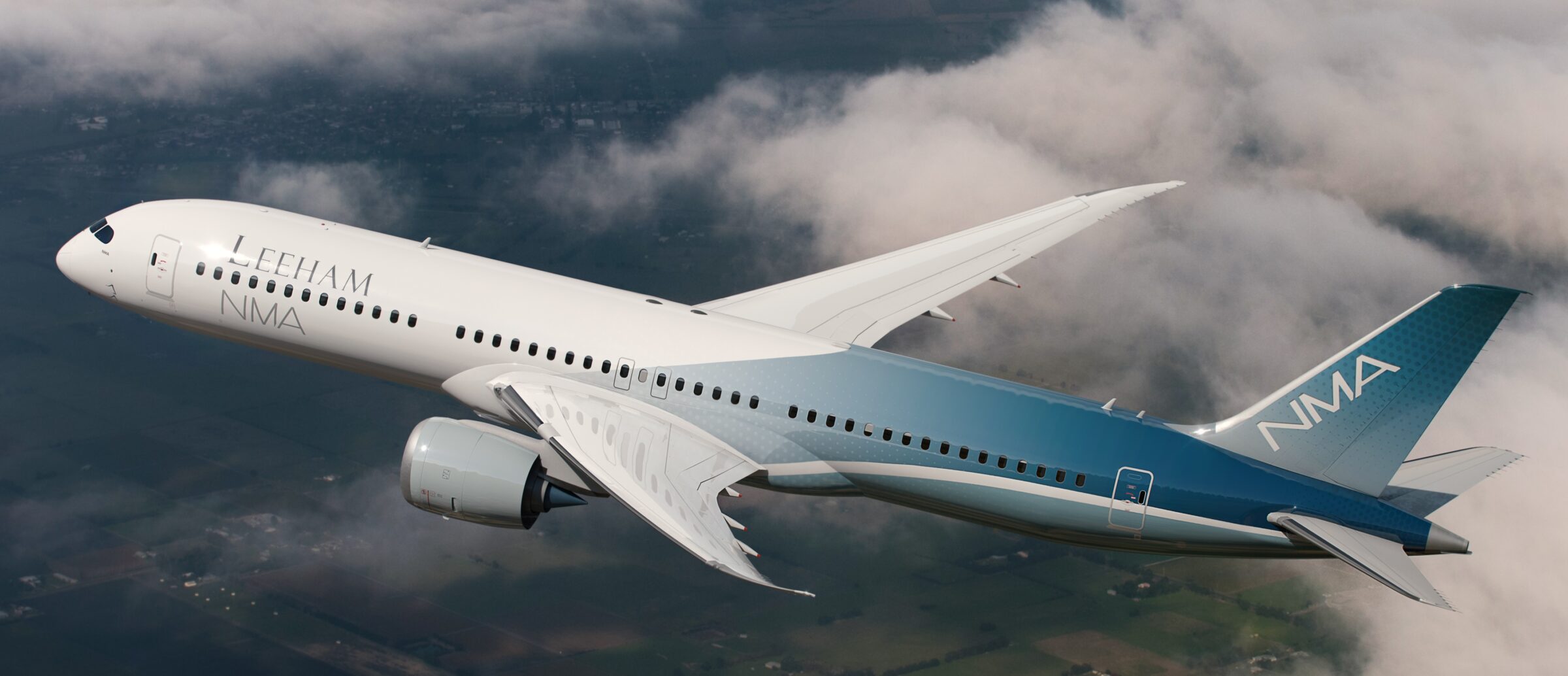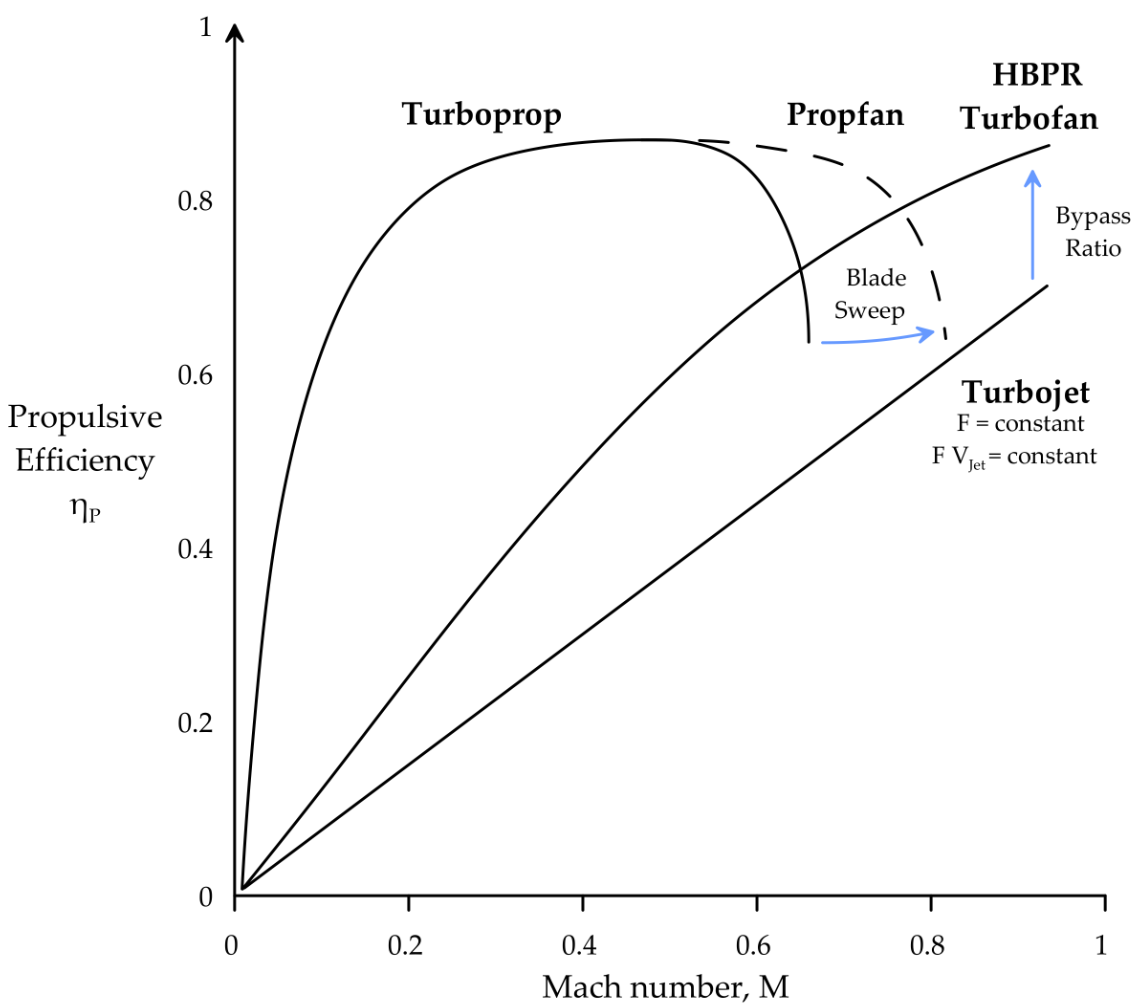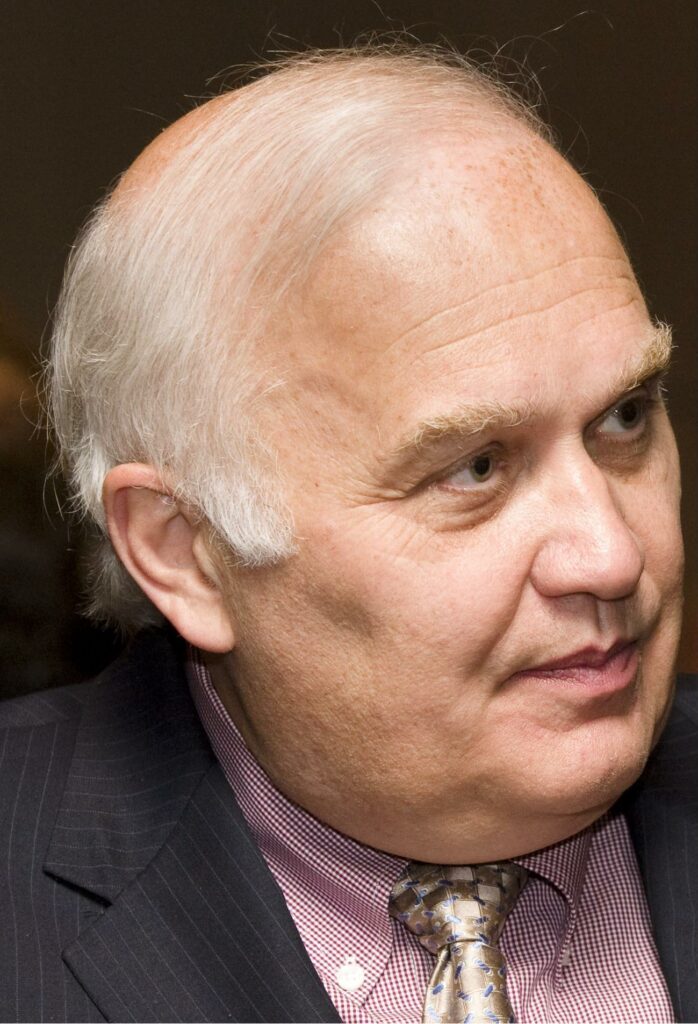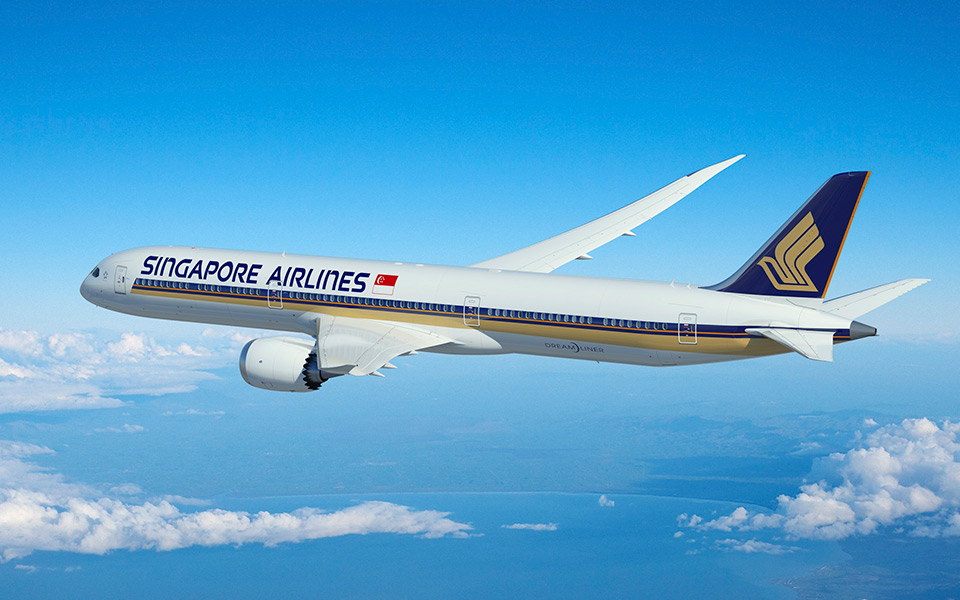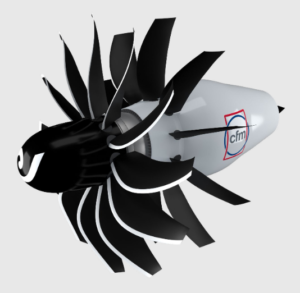Leeham News and Analysis
There's more to real news than a news release.
Engine Development, Part 1: Launch to Entry into Service
Subscription Required
By Vincent Valery
Introduction
Aug 18, 2022, © Leeham News: LNA analyzed the evolution of commercial aircraft development timelines last month. The time between a program launch and entry into service significantly increased over time, including for derivatives.
The increase in development time is primarily the result of more complex and safer airplanes. Introducing new materials, notably a more extensive use of composites, also explain longer development timelines.
LNA now starts a new series on the topic of commercial aircraft jet engines. The goal is to go through significant innovations from the beginning of the jet age.
This first article analyses whether engine development time between launch and entry into service increased significantly over time.
Summary
- Military development led to the first commercial jet engines;
- The divergence between military and commercial programs;
- Pushing the envelope of the same fundamental engine architecture;
- Harder to identify development timeline evolution.
How Boeing is Rebuilding Engineering Excellence
Subscription Required
By Bjorn Fehrm
Introduction
June 9, 2022, © Leeham News: As described in our Monday article, Boeing is preparing for its Next Boeing Airplane (NBA). At the same time, the company is hard at work to ensure this will be no repeat of the 787 and 737 MAX program debacles.
The 2022 Chief Aerospace Safety Officer Report was issued two weeks ago. It gives insight into the work that shall ensure such failures won’t happen again. Here is what the report says about how Boeing is rebuilding its Engineering Excellence.
Summary
- The 787 and 737 MAX failures came from a company culture where engineering excellence played second fiddle to short-term business objectives.
- Boeing has now made changes from the board level to how it organizes its engineers. These changes go in the right direction, but will they be enough?
Bjorn’s Corner: Sustainable Air Transport. Part 16. Thrust generation
April 22, 2022, ©. Leeham News: Last week, we examined propulsion system alternatives and their principal advantages and disadvantages. Now we go deeper into these alternatives.
All propulsion systems for aircraft use a propulsion device like a propeller or a fan to generate forward thrust. We use this article to understand how these work and their characteristics before we go into how we create the shaft power to drive them.
A Boeing 787-10 HGW, how good is it?
Subscription Required
By Bjorn Fehrm
Introduction
February 24, 2022, © Leeham News: The CEO of Boeing Commercial Aircraft (BCA), Stan Deal, said at the Singapore Air show the company worked on increased gross weight versions of both the 787-9 and -10.
Target is to get the 787-10 to the range of the aircraft it shall replace, the 777-200ER and -300ER. It means more than 7,000nm of range against the 6,400nm of today.
How many tonnes of increased Gross weight does this mean, and what would be the performance compared with the Airbus A350-900? We use our airliner performance model to find out.
Summary
- The 787-10 can grow to a range of over 7,000nm with a modest increase of its gross weight.
- It will be competitive with the A350-900 but for the longest routes in such a variant.
The new Boeing freighter, 777-8F, versus Airbus’ A350F, Part 2
Subscription Required
By Bjorn Fehrm
Introduction
February 10, 2022, © Leeham News: Boeing introduced the freighter version of the 777X last week, and we made a first article about how it stacks up against Airbus’ new freighter, the A350F. The Boeing freighter will be the market’s largest freighter when it enters the market in 2027, two years after the A350F.
We now use our performance model to fly the new freighters against the present Boeing 777 freighter, the 777F, to look at their operating economics.
Summary
- Both new freighters handsomely beat the 777F on operating economics.
- The race is much tighter between the 777-8F and A350F.
Pontifications: Assessing the future of stand-alone GE Aviation
By Scott Hamilton
Nov. 22, 2021, © Leeham News: GE Aviation’s (GEA) spin-off takes the corporate burden off its back and opens that way to move forward just as commercial aviation should be over the COVID-19 pandemic.
 The engine unit will no longer be dragged down by, and cash diverted to, GE Corp.’s problems. It can raise money for research and development of new engines and for eco-aviation, without it being siphoned off for corporate or sister company uses.
The engine unit will no longer be dragged down by, and cash diverted to, GE Corp.’s problems. It can raise money for research and development of new engines and for eco-aviation, without it being siphoned off for corporate or sister company uses.
GEA has challenges ahead, to be sure.
The business model for engine companies has been upended, requiring an entirely new approach to selling engines and services. Historically, engine makers often deeply discount engines—up to 80% or more in some cases—and contract maintenance, repair, and overhaul services to make their profits.
As the COVID-19 pandemic prematurely prompted airlines to retire older aircraft, maintenance, repair, and overhaul revenues and profits shrank, sometimes dramatically. And, with a new emphasis on eco-aviation, new planes have engines with warranties and extended on-wing time that pressure MRO revenues.
Breaking up GE Corp. into three major units will take a few years. When it’s over, chairman Larry Culp remains chairman of GE Aviation. John Slattery remains CEO.
Engine OEMs pushing ahead for next airplane, even as Boeing pauses
Subscription Required
By Scott Hamilton
Nov. 1, 2021, © Leeham News: David Calhoun may not be anywhere near ready to launch the Next Boeing Airplane (NBA), but the engine makers are actively researching and developing engines to hang of whatever that NBA will be.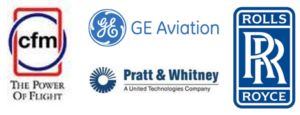
Calhoun, the CEO of Boeing, repeatedly said the NBA will be more about reducing production costs through advanced design and production methods. For some time, Calhoun said the next engines available on the assumed timeline—to about 2030—will have only 10% better economics than today’s engines.
And 10% isn’t enough for the airlines or the commensurate reduction in emissions.
CFM/GE Aviation/Safran are developing an “open fan” engine that will reduce fuel burn and emissions by 20%. A target date for entry into service is in the 2030 decade. The open fan builds on R&D of open rotors that have been underway since the era of the Boeing 727 and McDonnell Douglas MD-80.
Pratt & Whitney sees an evolution of its Geared Turbofan engine. The GTF was under development for 20 years before an operating engine made it onto the Bombardier C Series (now the Airbus 220), the Airbus A320, and United Aircraft MC-21. The GTF also was selected for the Mitsubishi MRJ90, which launched the GTF program. However, Mitsubishi pulled the plug on the MRJ/SpaceJet program last year. PW remains committed to the GTF for future engines.
Rolls-Royce is developing the Ultra Fan and Advanced engines. GE’s Open Fan and RR’s engines adopt geared turbofan technology pioneered by PW but add new technology.
LNA takes a look at the new engines for the NBA or any other competing airplane in a series of articles.



